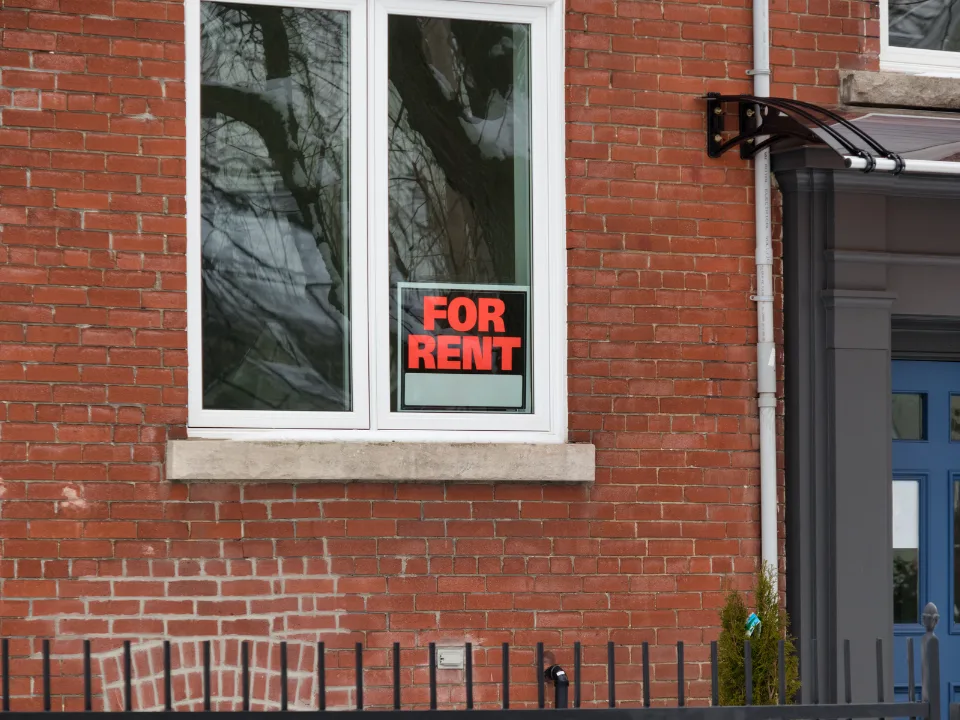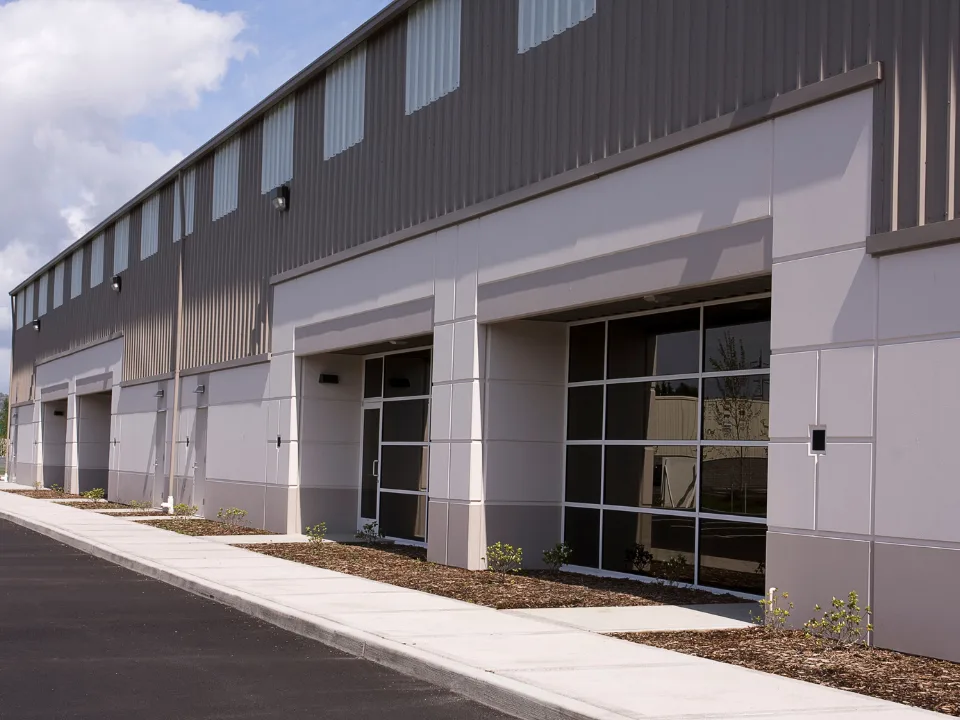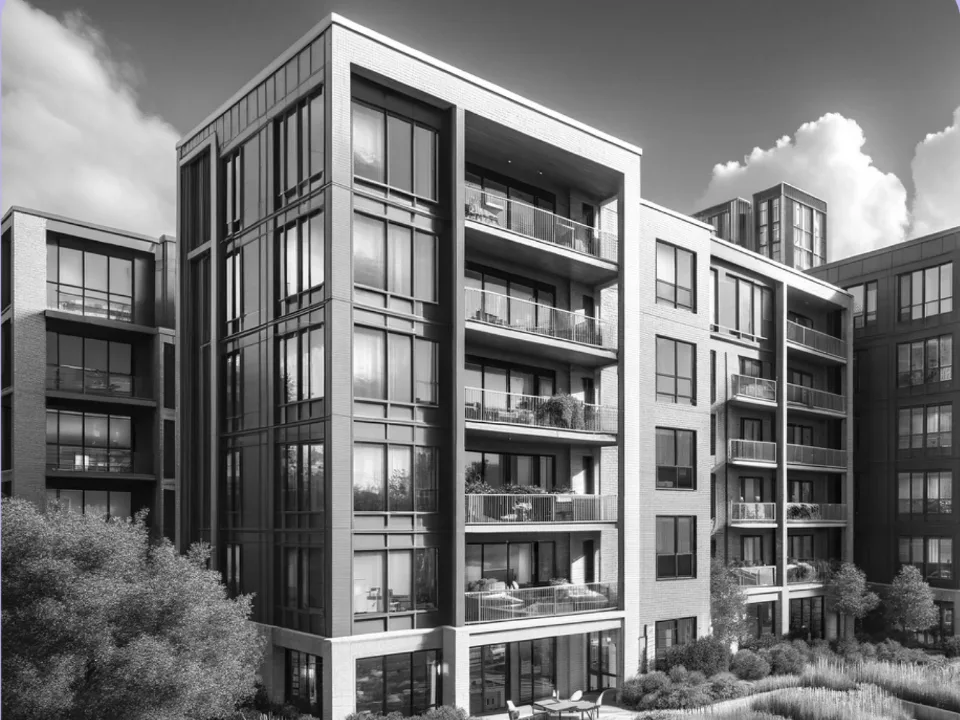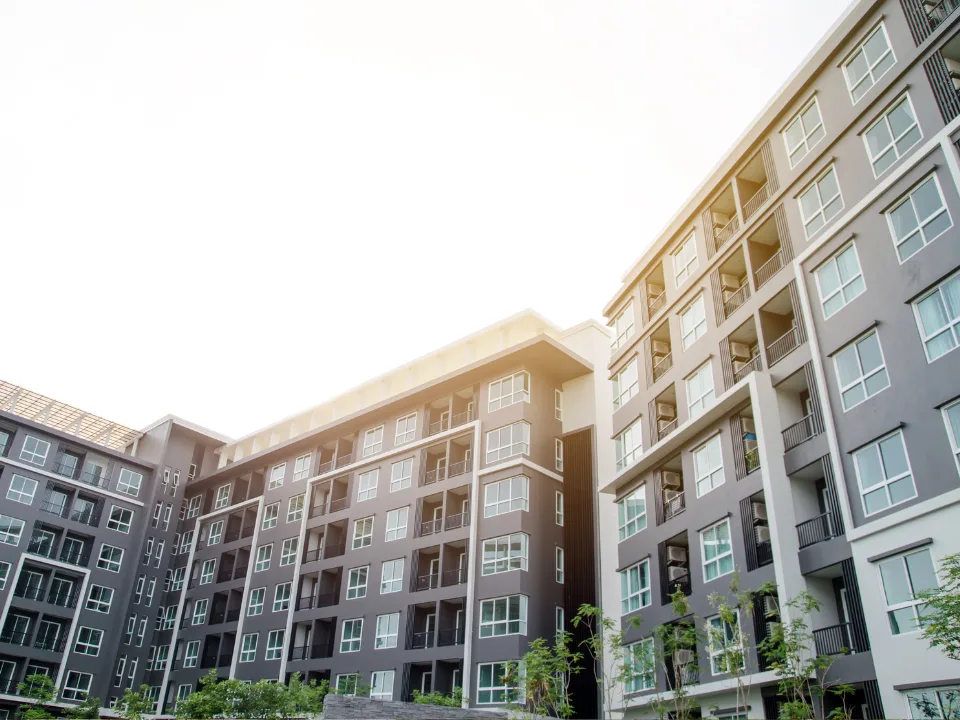- Institutional investors are ramping up investments in the single-family rental build-to-rent (SFR BTR) sector amid rising mortgage costs and growing renter demand.
- Major players including Blackstone, AvalonBay, and JP Morgan are backing large-scale BTR developments, signaling long-term confidence in the sector.
- BTR communities offer popular amenities and cater to shifting demographics, including millennials, empty nesters, and former homeowners seeking more space and flexibility.
Rising Rents, Soaring Mortgages
According to GlobeSt, the average monthly mortgage payment in the US is now nearly $2,600. That compares to an average rent of around $1,800. In nearly half of the top US metros, renting is cheaper than owning.
This growing gap is making single-family rental homes more attractive. The SFR BTR sector logged $2.2B in transactions last year, per Yardi Matrix.
Who’s Buying In
Wall Street firms are expanding their footprint in the rental homes space. AvalonBay Communities bought 126 BTR homes in Texas for $49M. It plans to invest $1B more in the sector.
Blackstone, Invitation Homes, and Pretium Partners are growing their portfolios too. JP Morgan also entered the market, launching a new BTR firm with Paran Homes and Georgia Capital.
Get Smarter about what matters in CRE
Stay ahead of trends in commercial real estate with CRE Daily – the free newsletter delivering everything you need to start your day in just 5-minutes
Who’s Renting—and Why
There are 20M single-family rentals in the US About 340,000 are in BTR communities. Institutional investors currently own about 4% of the overall SFR stock.
BTR homes attract millennials, downsizing baby boomers, and renters by choice. About 31% of BTR tenants used to be homeowners, especially among older families and couples.
Remote work is also pushing demand for more spacious rental homes, especially in the suburbs and exurbs.
Amenities That Matter
Renters want more than just space in their rental homes. Popular features include private yards, on-site maintenance, and smart home tech like keyless entry and Wi-Fi thermostats.
Community perks such as pools, green spaces, and dog parks are also in demand. Developers are designing homes for easy upkeep, with wider hallways and standardized appliances.
Where It’s Growing
The Midwest is seeing strong BTR rent growth. Harrisburg, PA, leads with 4.1% annual rent growth. Cleveland, Columbus, and Kansas City also posted gains above 3.5%.
BTR rental home occupancy rates are higher than traditional multifamily in places like Raleigh, Las Vegas, and the Inland Empire. Supply peaked in 2024 with 41,400 units delivered.
New deliveries are expected to slow: 35,000 in 2025, 29,200 in 2026, and 19,500 in 2027. Three-bedroom units are now more popular than smaller layouts.
Why It Matters
As homes get more expensive, SFR BTR rental homes offer a more affordable and flexible option. Wall Street sees long-term value in this model.
Expect more institutional capital to flow into BTR communities as demand stays strong and supply slows.

















